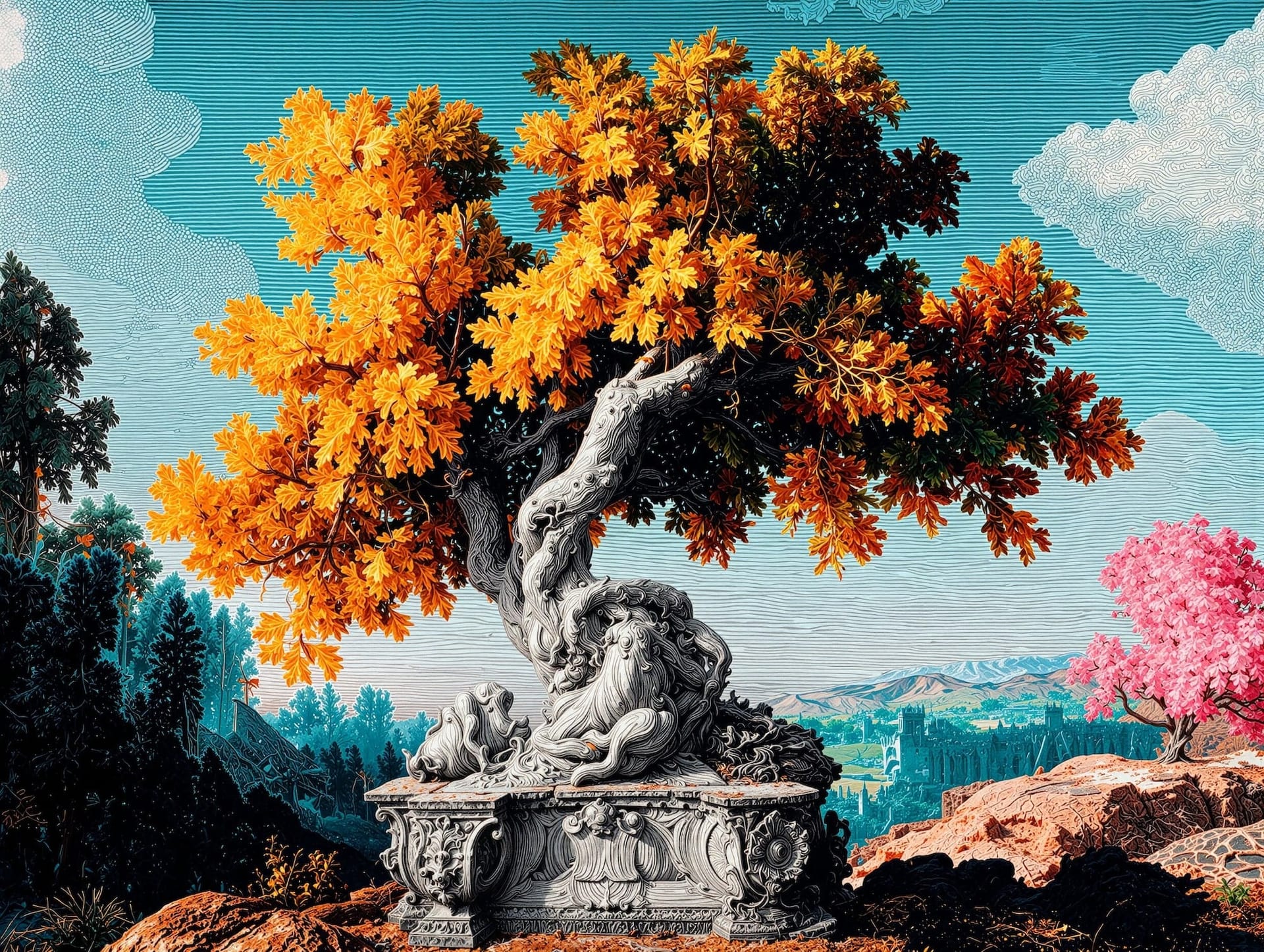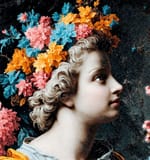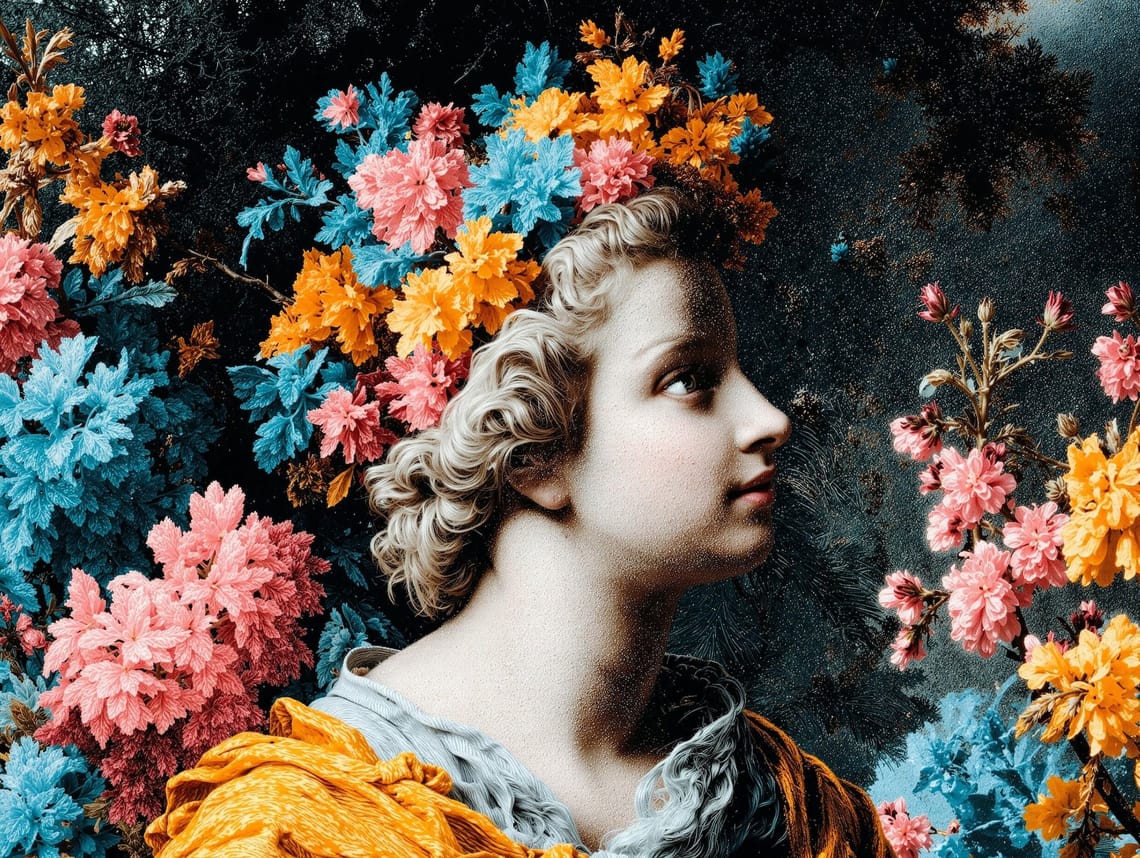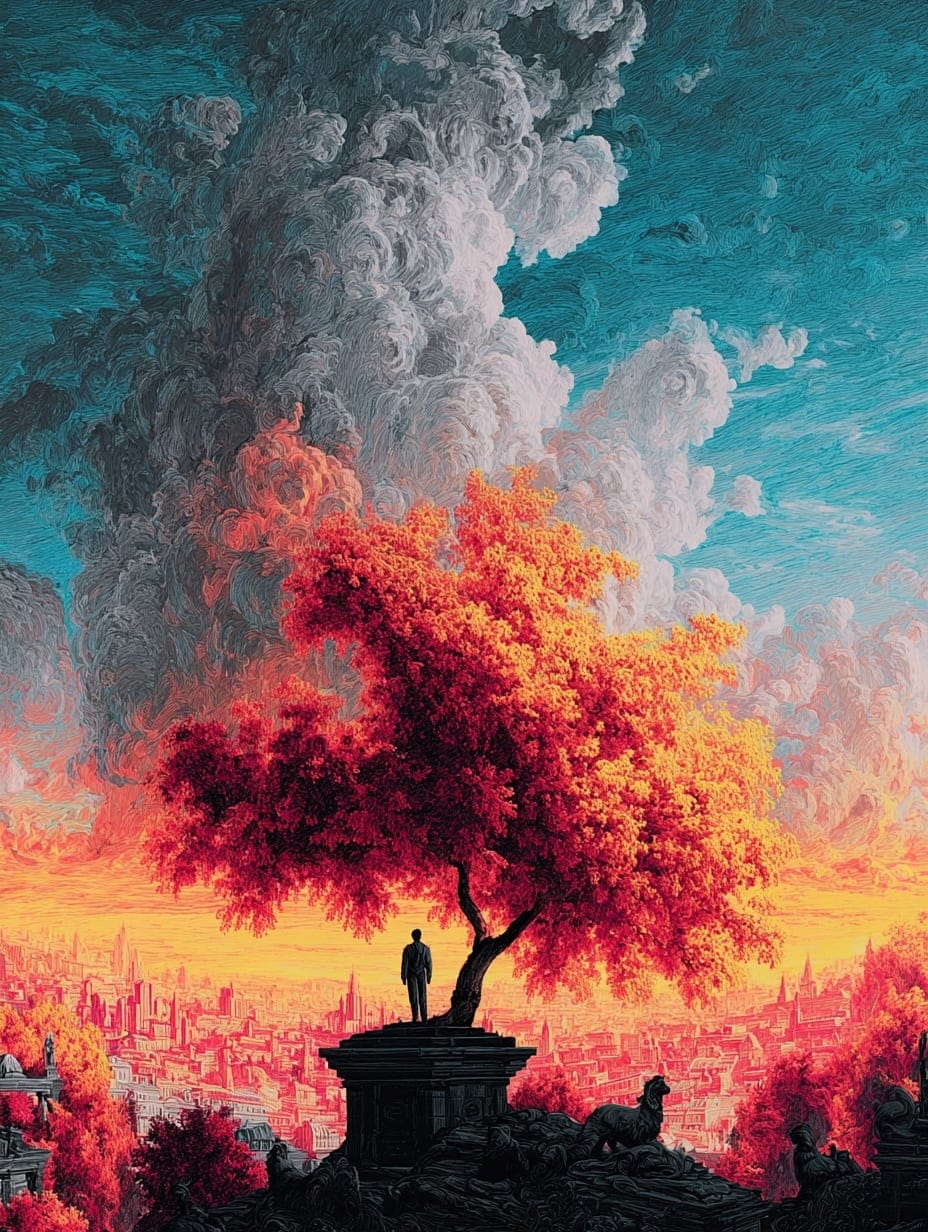Art has always been more than just visual beauty—it's a powerful lens through which we understand human experience, cultural shifts, and historical perspectives. Yet, traditional art history has often been a narrow narrative dominated by a select few voices and perspectives. Today, scholars, curators, and artists are working to challenge these established narratives, revealing rich, complex stories that have been overlooked or intentionally suppressed.
Rediscovering Forgotten Artists
The art world is experiencing a profound transformation as researchers dig deeper into marginalized artistic contributions. For decades, many talented artists—particularly women, artists of color, and those from non-Western cultures—were systematically excluded from mainstream art historical narratives.
Take, for example, the remarkable story of Hilma af Klint, a Swedish artist who was creating groundbreaking abstract paintings decades before artists like Kandinsky and Mondrian. Her spiritually inspired works were largely unknown until recent years, challenging our understanding of modernist art's origins. Similarly, artists like Augusta Savage during the Harlem Renaissance created powerful works that spoke to Black identity and experience, yet remained largely unrecognized in traditional art history texts.
Decolonizing Art History Narratives
The process of decolonizing art history is about more than just adding missing names to textbooks. It's a fundamental reimagining of how we understand artistic production, cultural exchange, and creative expression.
Western-centric art historical frameworks have long treated non-European art as primitive or exotic, rather than recognizing the sophisticated artistic traditions of Indigenous, African, Asian, and Latin American cultures. Contemporary scholars are now critically examining these biased perspectives, highlighting the complex global networks of artistic influence that have always existed.
Museums are also playing a crucial role in this transformation. Institutions are reassessing their collections, provenance histories, and exhibition practices. They're asking critical questions about how artworks were acquired, whose stories are being told, and how colonial perspectives have shaped artistic representation.
The emerging narrative is far more nuanced and interconnected. We're discovering that artistic movements aren't isolated phenomena but part of complex, global conversations. A painting from Brazil might reveal influences from African textile traditions, while a Japanese woodblock print could show the impact of European printmaking techniques.
Provenance research has become particularly fascinating in this context. Each artwork carries a complex history—not just of its creation, but of its journey through collections, markets, and cultural exchanges. Some stories reveal uncomfortable truths about colonial acquisitions, while others showcase remarkable tales of artistic resilience and cultural preservation.
Modern technology is also transforming how we explore art history. Digital archives, advanced imaging techniques, and global research collaborations are helping scholars uncover hidden stories and make connections that were previously impossible.
Contemporary artists are actively engaging with these reimagined narratives. Many are creating work that directly confronts historical silences, reinterpreting historical imagery, or using art as a form of historical recovery. They're not just creating aesthetic objects but engaging in critical dialogue about representation, memory, and cultural understanding.
This evolving approach to art history isn't about canceling or replacing existing narratives but expanding them. It's about recognizing the incredible diversity of human creativity and understanding art as a dynamic, interconnected form of communication.
The result is a richer, more complex understanding of artistic expression. We're moving away from a linear, hierarchical view of art history toward a more circular, interconnected perspective that celebrates multiple voices and experiences.
For art lovers, historians, and curious minds, this is an incredibly exciting moment. We're witnessing a profound reimagining of how we understand creativity, culture, and human expression. Each newly discovered artist, each reexamined artwork, adds another layer to our collective understanding of what art can be and mean.
Subscribe to my newsletter to get the latest updates and news









Member discussion